Ski Trip Essentials: Your Ultimate Guide to a Perfect Skiing Experience
Embarking on your first ski trip can be an exhilarating adventure, but it can also be overwhelming when you’re not sure what to pack.
Whether you’re a seasoned skier or a beginner, having the right gear is crucial for a comfortable and enjoyable experience.
This guide will walk you through the essential items you need for your ski trip, ensuring you stay warm, safe, and stylish on the slopes.
Essential Gear for Your Ski Trip
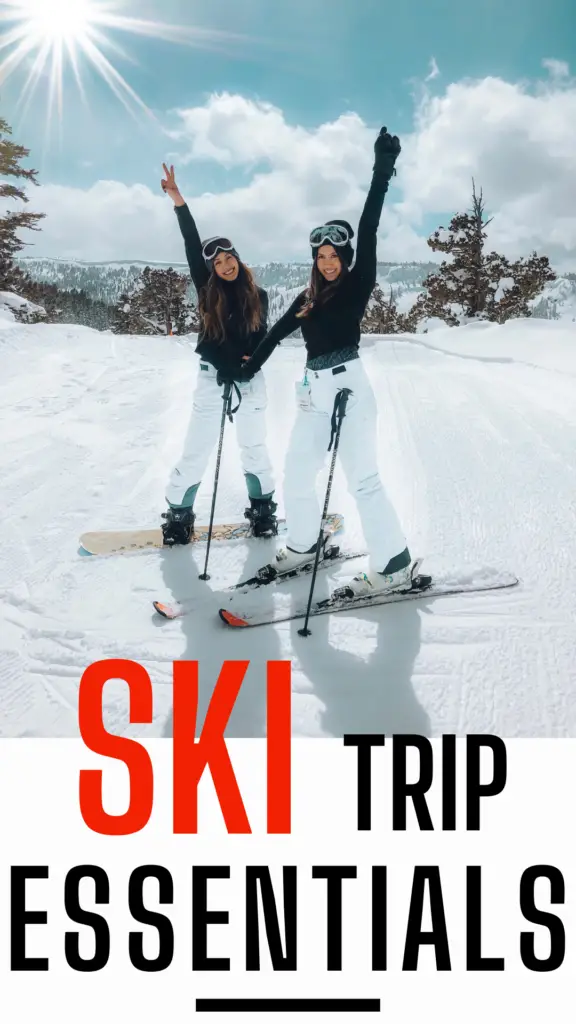
1) Gloves
Gloves are a must-have to protect your hands from the cold. Frozen fingers can ruin your skiing experience and even lead to frostbite in extreme conditions.
When choosing gloves, look for features like waterproof and windproof materials to keep moisture and wind out. Insulation is also crucial for retaining heat.
Modern gloves often have touchscreen-compatible fingertips, allowing you to use your phone without removing your gloves.
Additionally, gloves with wrist straps help prevent loss, especially when removing them on ski lifts.
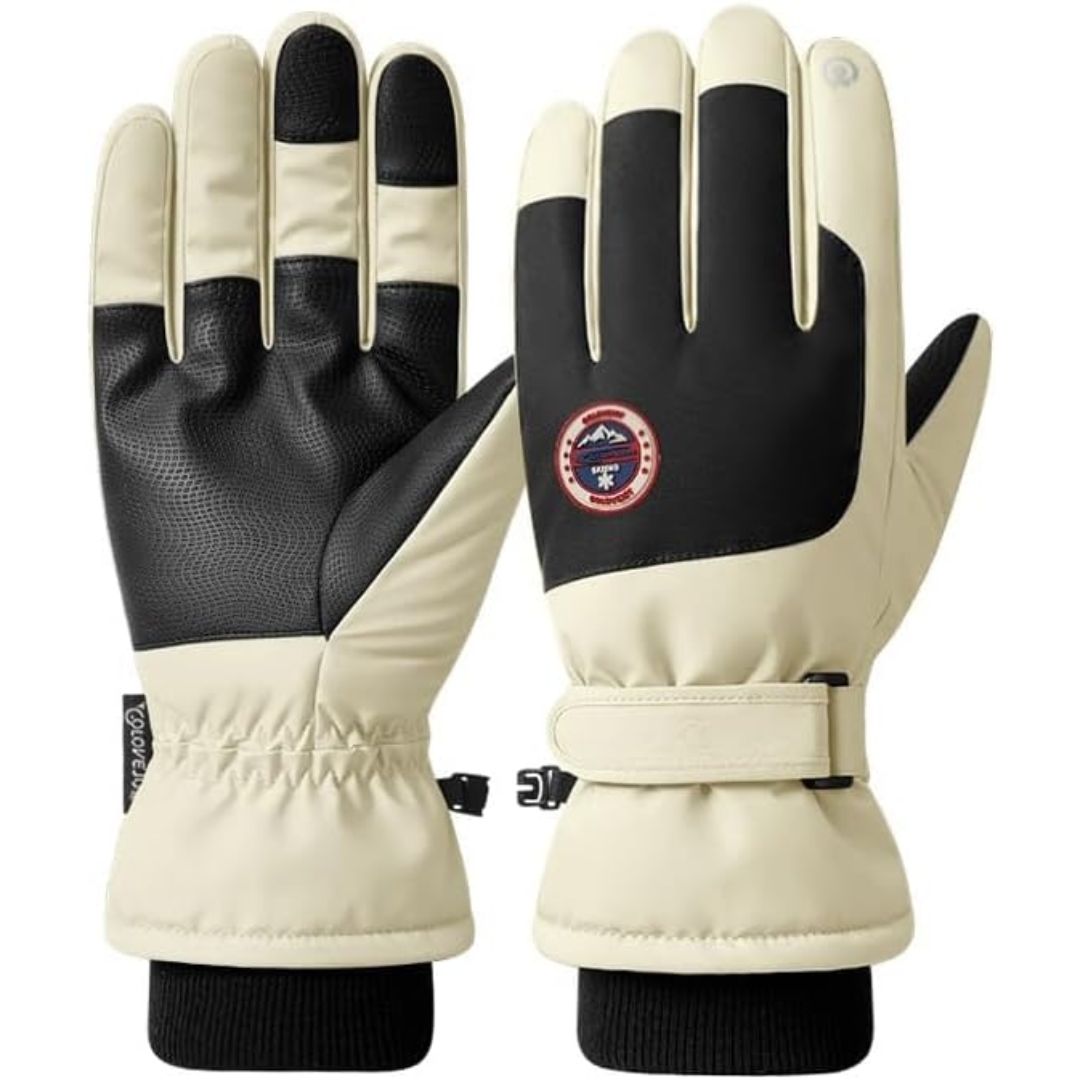
These gloves are designed to keep your hands warm and dry, even in extremely cold weather. They feature a touchscreen-compatible design, making them perfect for modern skiers.
2) Helmet
A helmet is essential for safety. Skiing involves high speeds and potential falls, making head protection crucial.
When selecting a helmet, ensure it fits snugly and can be adjusted for comfort. Ventilation is another important feature, as it allows you to control airflow and prevent overheating.
Additionally, make sure your helmet is designed to work with your ski goggles for a seamless fit.
Choose a helmet that offers both style and safety. Look for features like adjustable vents and a comfortable liner.
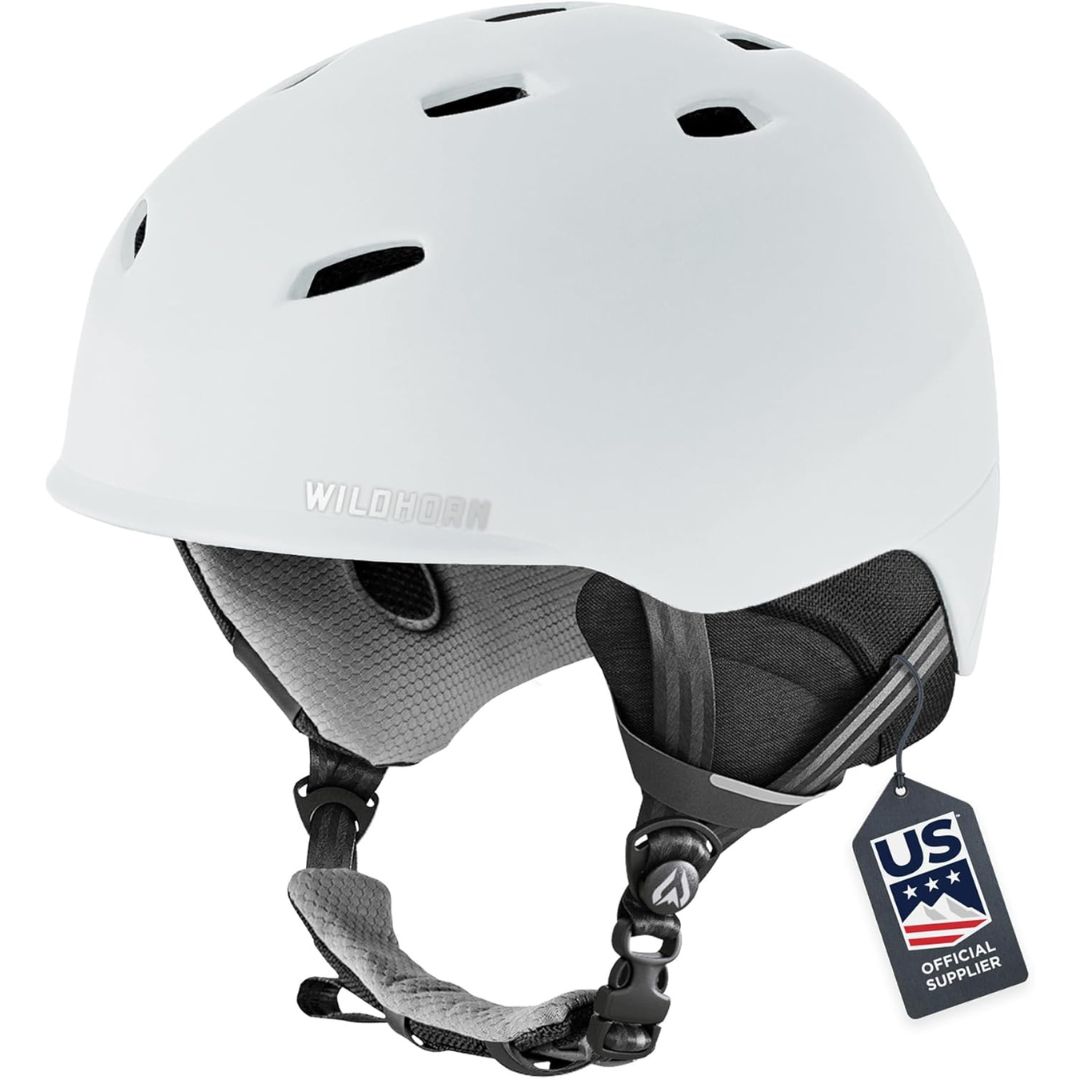
Wildhorn is a proud official supplier of the US Ski & Snowboard Team, embodies the pinnacle of winter sports safety gear. This is a testament to its exceptional quality and the trust elite athletes place in it.
3) Ski Jacket
Your ski jacket is a critical piece of your outfit. It protects you from the elements and helps regulate your body temperature.
When choosing a ski jacket, look for water-resistant and breathable materials that can repel water and allow moisture to escape. Insulation is also important for keeping you warm in cold temperatures.
Jackets with multiple pockets, including a ski pass pocket on the arm, are convenient for carrying essentials. An adjustable hood that can fit over your helmet is another useful feature.
A high-quality ski jacket will keep you warm and dry on the slopes. Opt for one with a waterproof rating and insulation for added warmth.
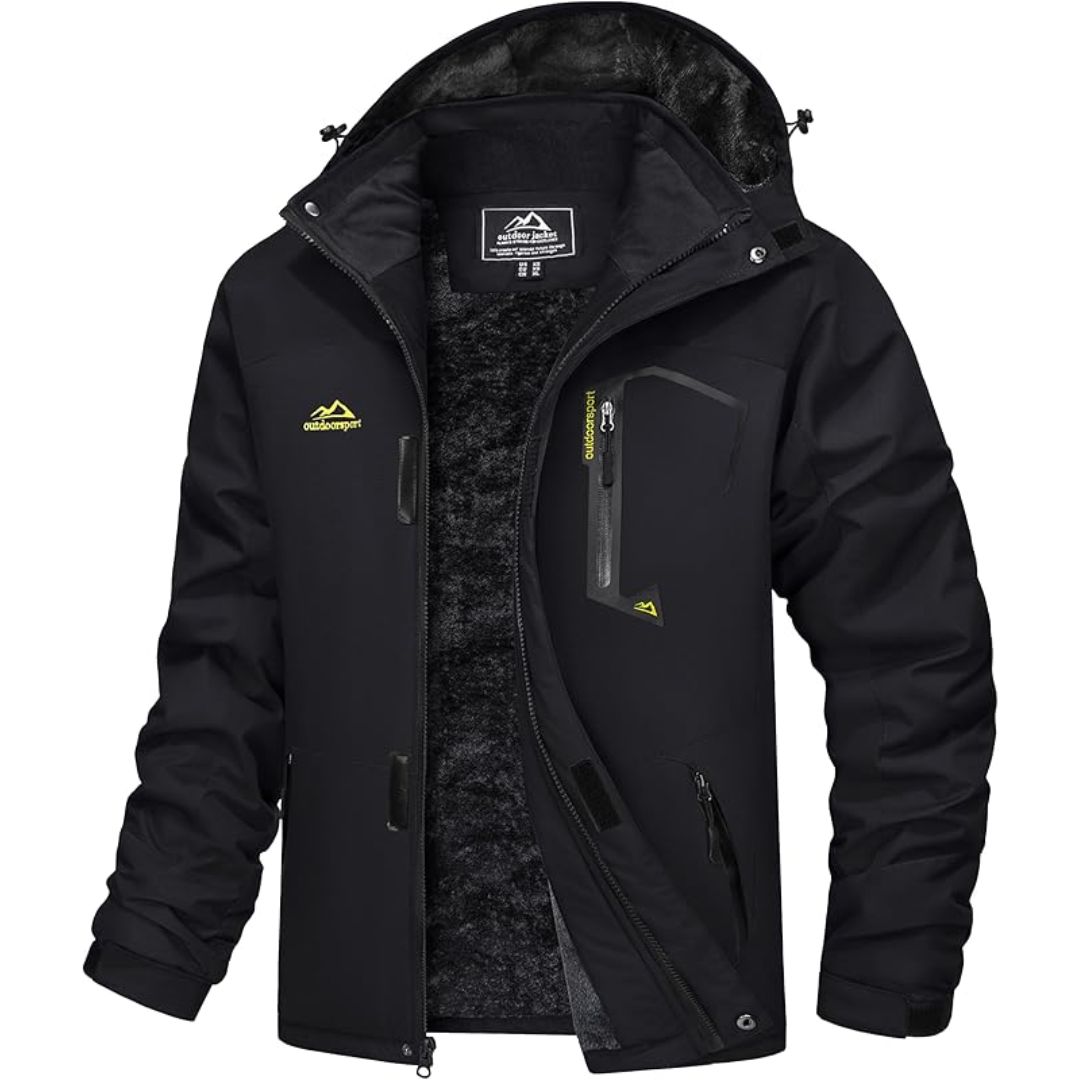
Windproof: Adjustable cuffs with hooks and loops; Internal drawcord hem, detachable and adjustable storm hood help to keep wind out.
4) Ski Pants
Ski pants protect your lower body from cold and moisture, ensuring comfort and mobility on the slopes.
Like your jacket, ski pants should be water-resistant and breathable to repel water and allow moisture to escape.
Insulation is important for keeping your legs warm. An adjustable waistband ensures a comfortable fit, while reinforced knees provide extra durability and protection.
These pants are designed to keep you warm and dry, with features like waterproofing and insulation.
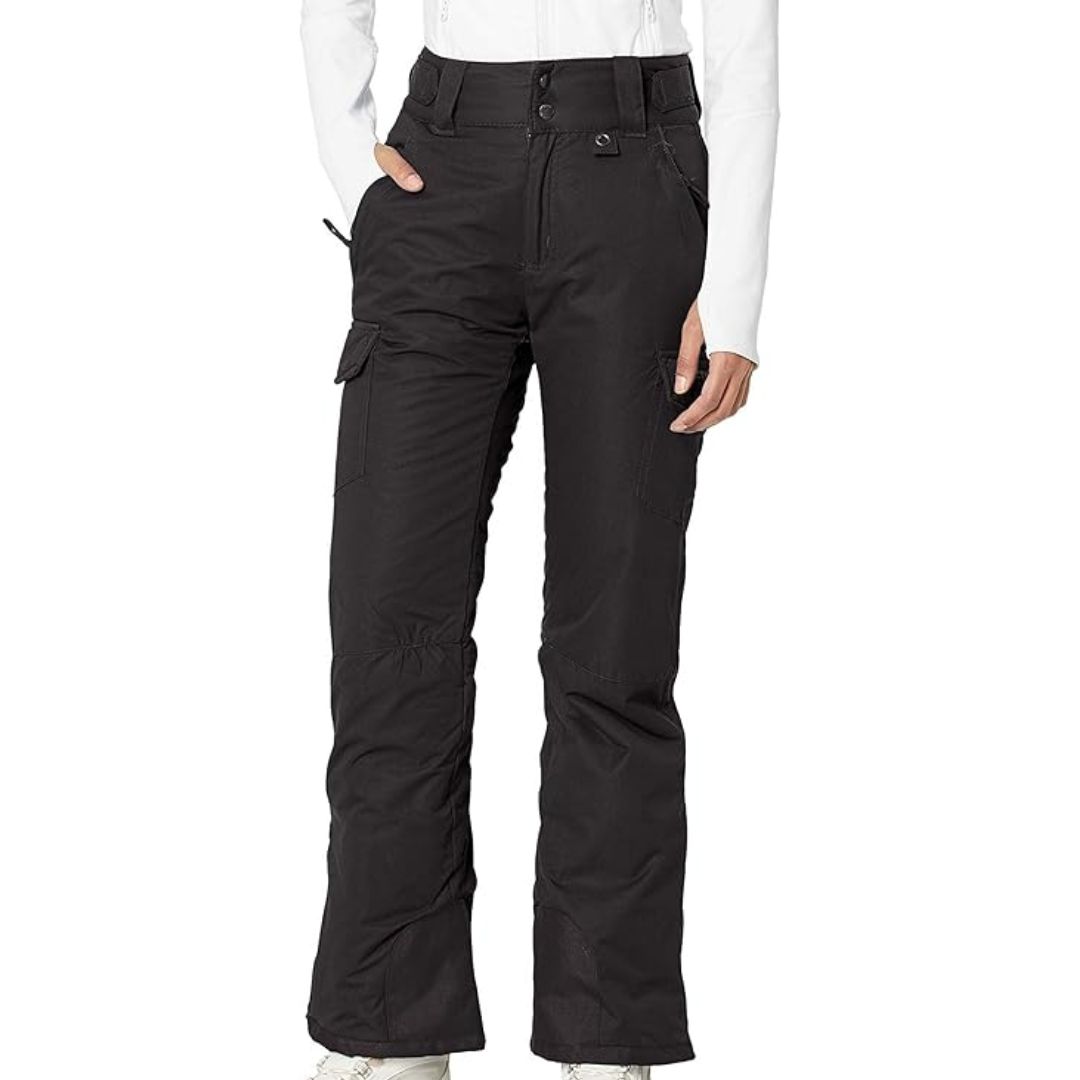
ALL-WEATHER PROTECTION: This Arctix product protects against the COLD, SNOW, RAIN and WIND.
WARMTH: 85 grams of ThermaTech Insulation that offers a temperature rating of -20F to 35F in a lightweight, low-bulk garment.
5) Socks
Special ski socks are essential for keeping your feet warm and comfortable. They prevent blisters and ensure your boots fit properly.
When choosing ski socks, look for moisture-wicking materials like wool, which wick away sweat and keep your feet dry.
Socks with cushioning in key areas provide extra comfort and support. Ensure the socks are long enough to cover your shins and prevent chafing from your boots.
High-quality ski socks will provide the support and warmth you need for a full day on the slopes.
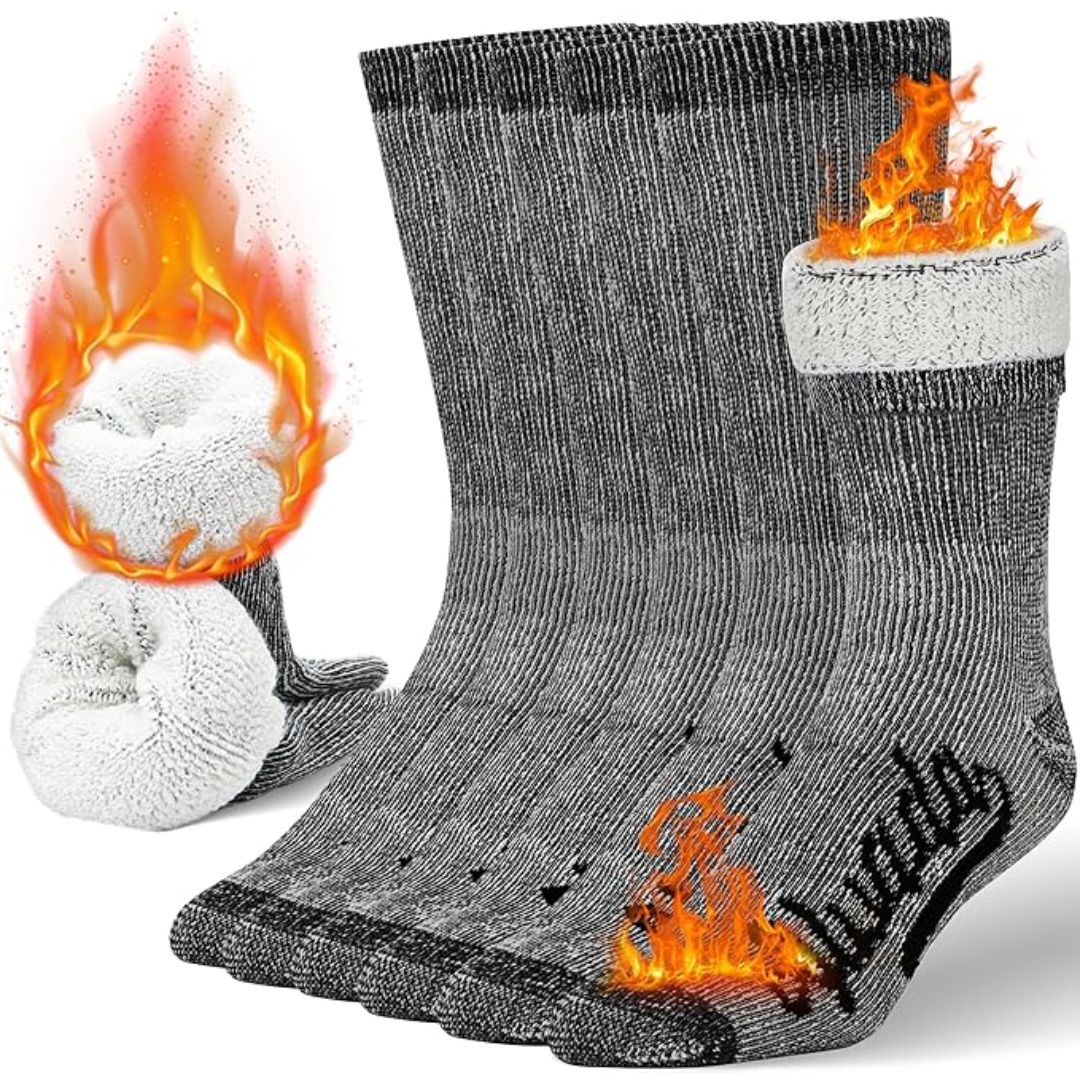
These Merino wool hiking socks are built to provide you with total support and comfort during your hiking trips, no matter the weather. Each pair of these hiking boot socks is ideal for the rugged terrain, allowing these to be great mens or women’s hiking socks
6) Base Layers
Base layers are the foundation of your ski outfit. They regulate your body temperature and keep you dry.
When selecting base layers, look for moisture-wicking materials that wick away sweat.
Insulation is important, but it should not be too bulky. Ensure your base layers cover your entire body, including arms and legs, for full protection.
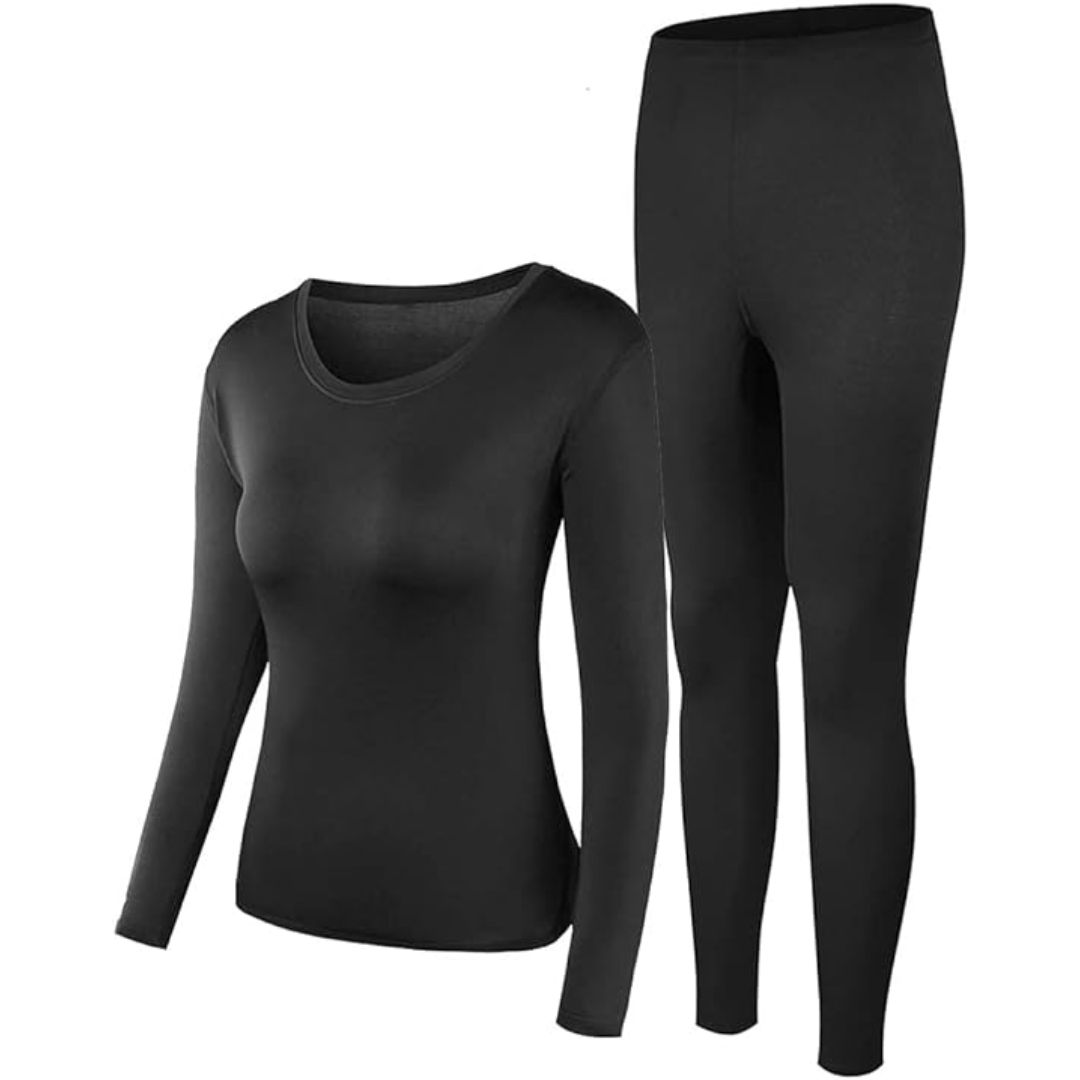
Thermal underwear set is made of ultra-soft polyester that feels cozily soft, is completely non-irritating, and keeps you comfortably warm to beat the cold weather.
7) Goggles
Goggles protect your eyes from the sun, wind, and snow, ensuring clear vision on the slopes. When choosing goggles, look for UV protection to shield your eyes from harmful rays.
Anti-fog features prevent condensation buildup, ensuring clear vision. Some goggles come with interchangeable lenses for different light conditions, providing versatility.
Choose goggles that offer UV protection and anti-fog features. Interchangeable lenses can be a bonus for varying light conditions.
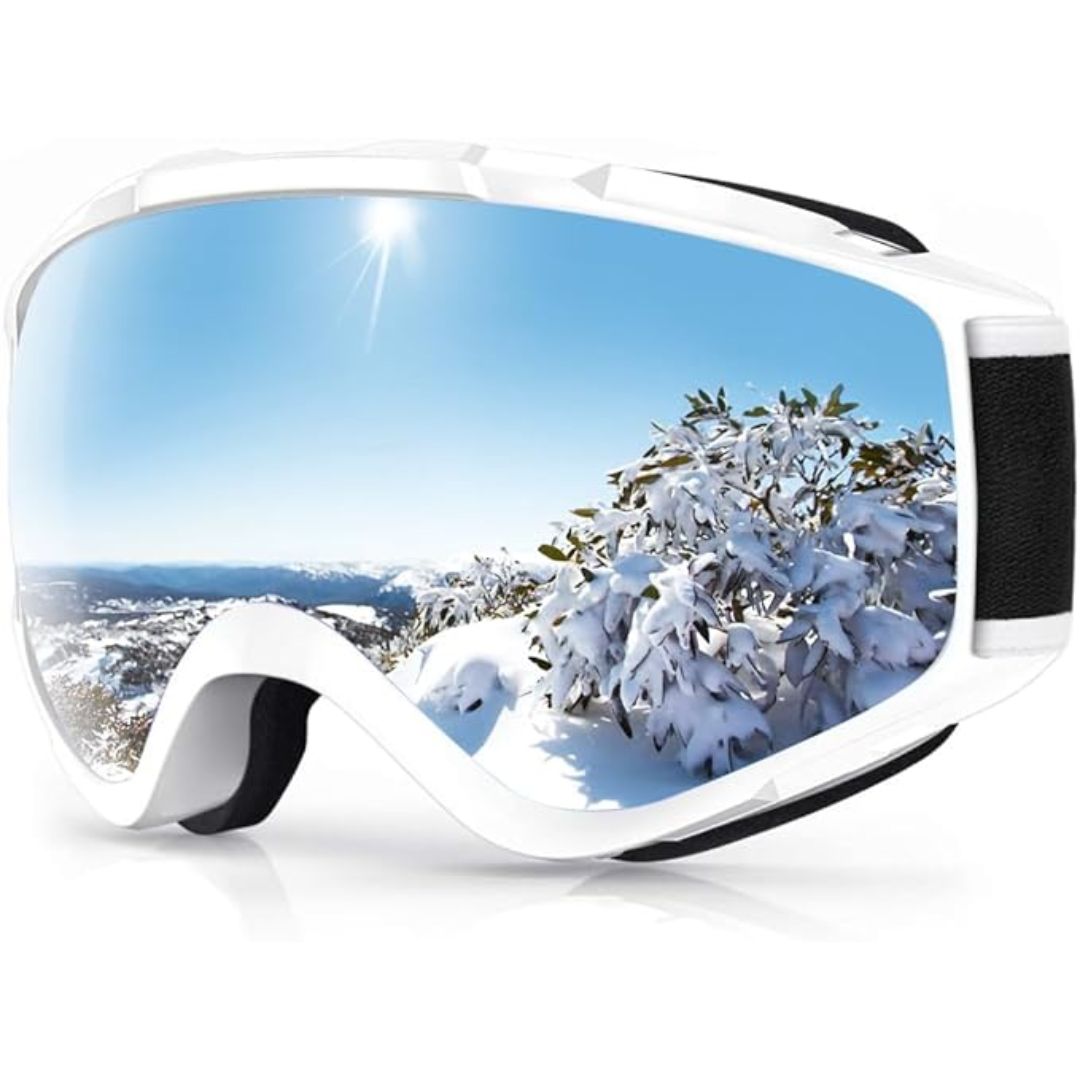
Designed to reduce fogging and optimizes the flowing air over the inside of the lens.ski goggles provide smooth air-flow system which brings fresh air and exhaust moisture quickly and effectively.
8) Neck Gaiter
A neck gaiter provides extra warmth and protection for your face and neck, especially in cold and windy conditions.
When selecting a neck gaiter, look for breathable and moisture-wicking materials that keep you comfortable.
An adjustable neck gaiter ensures a comfortable fit, while versatility allows you to wear it in multiple ways for flexibility.
A neck gaiter will keep your face and neck warm and protected from the elements.
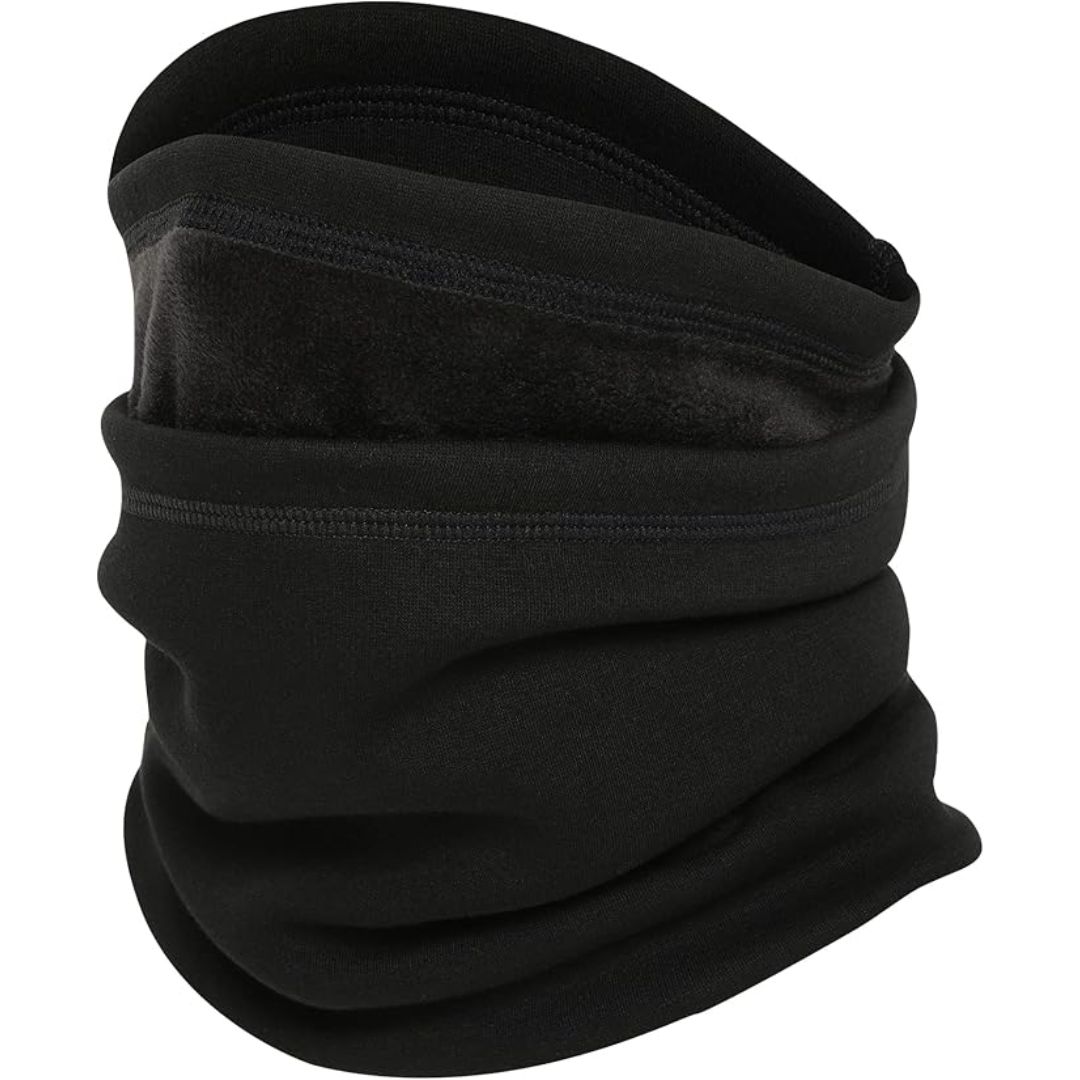
VERSATILE FACE SCARF MASK: This long stretchy face scarf is versatile, it can also be used as neck warmer, neck gaiter, worthy deal and save your money
9) Sunscreen
Even in cold weather, the sun’s reflection off the snow can cause sunburn. Sunscreen protects your skin from harmful UV rays. When choosing sunscreen, opt for a high SPF for maximum protection.
Water-resistant sunscreen ensures it stays on even if you sweat. Broad-spectrum sunscreen protects against both UVA and UVB rays, providing comprehensive protection.
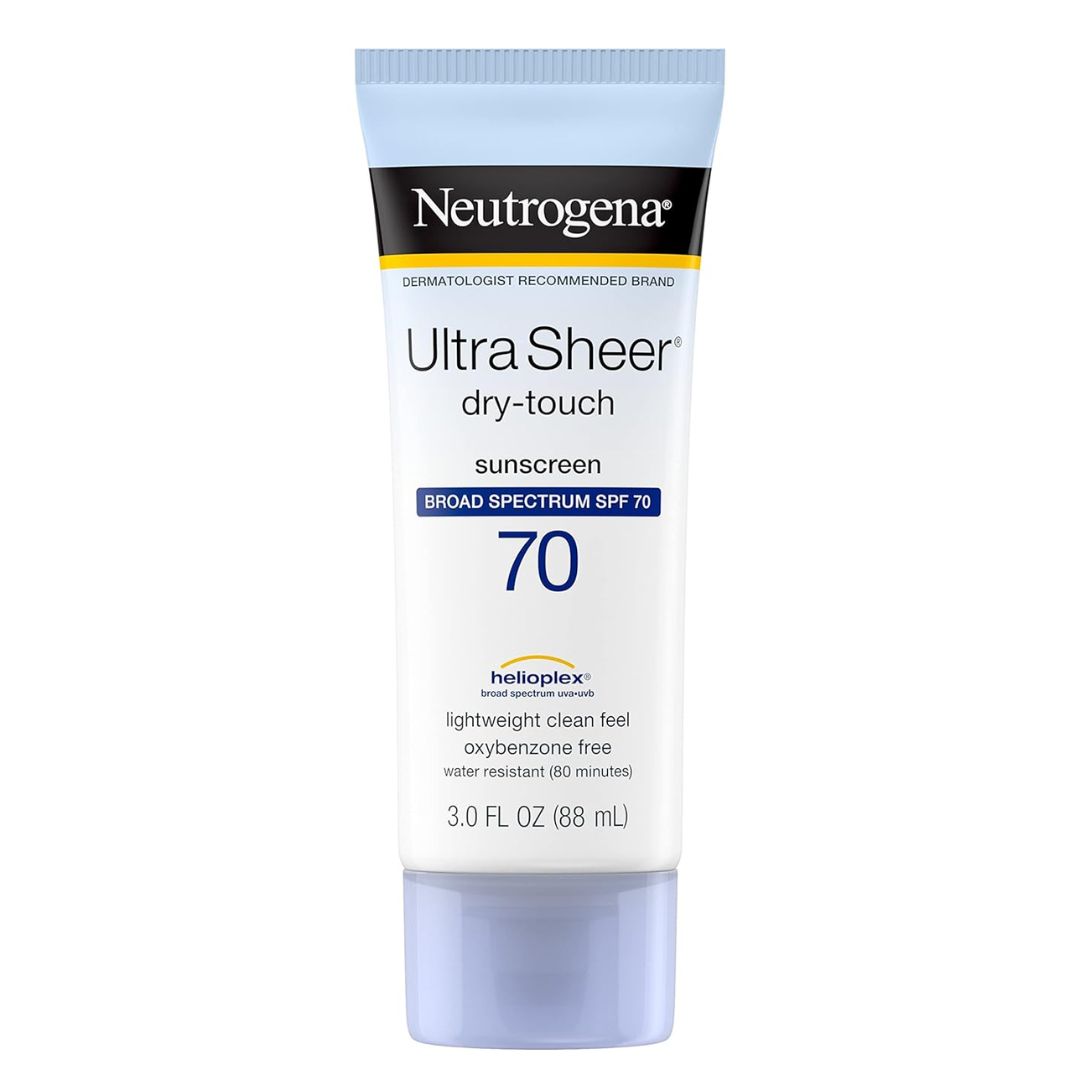
3-fluid ounce travel size bottle of Neutrogena Ultra Sheer Dry-Touch Non-Greasy Sunscreen with SPF 70 for broad spectrum UVA/UVB protection
10) Backpack
A small backpack is handy for carrying water, snacks, and other essentials, keeping you hydrated and energized on the slopes.
When selecting a backpack, look for water-resistant materials to protect your belongings.
Multiple compartments help keep your items organized and easily accessible.
Comfortable straps ensure easy carrying, making your skiing experience more enjoyable.
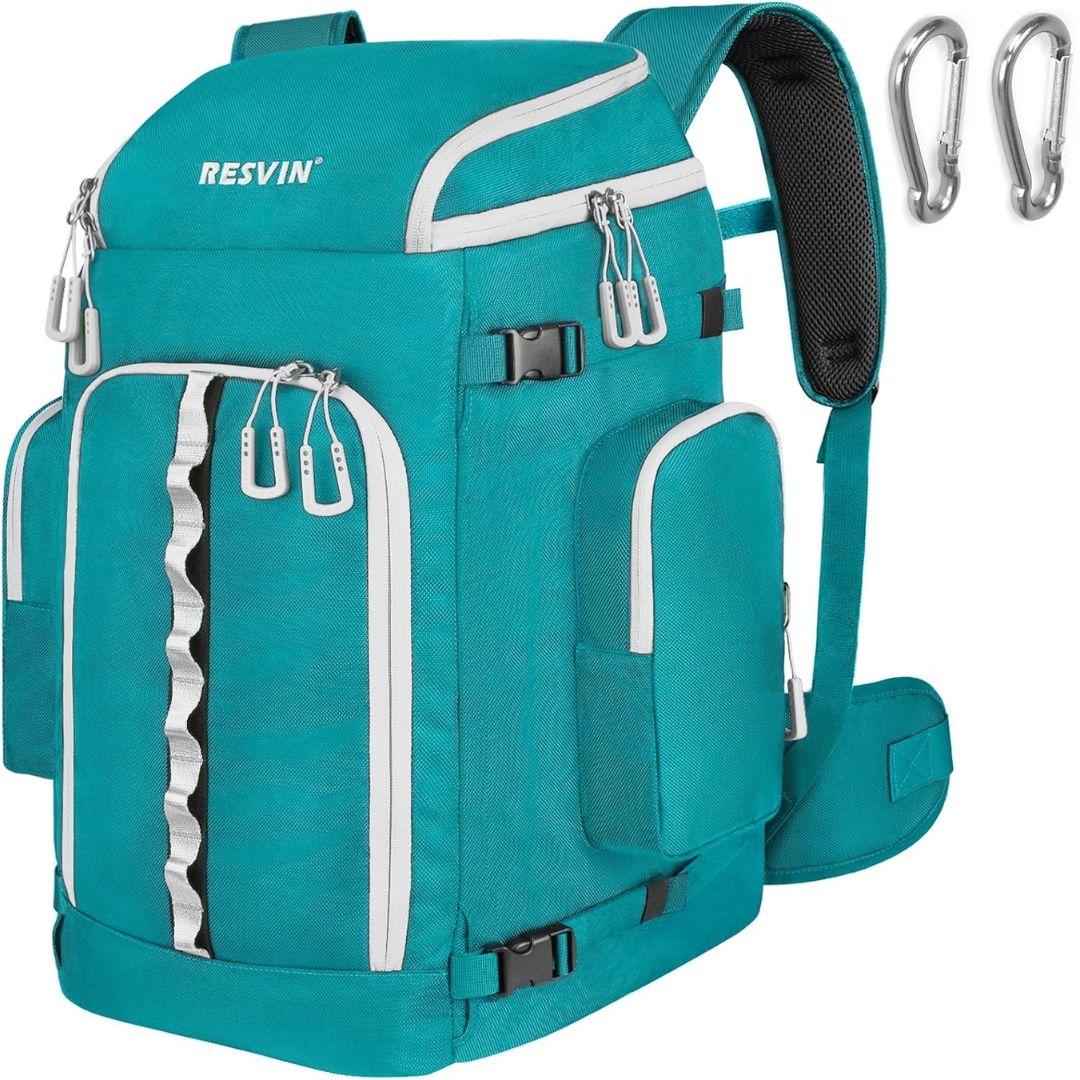
This brand new design RESVIN ski boot bag possesses 65 liters of storage capacity, it’s big enough to store helmet, jacket, goggles, snowboard, gloves,outerwear and more. If you have a lot of equipment to store and transport, this bag will surely get the job done.
What to Rent Instead of Buy
If you’re new to skiing or only plan to ski occasionally, renting some equipment can be a cost-effective solution. Here are some items you might consider renting:
- Ski Poles
- Ski Boots
- Skis
- Helmet (if you’re only skiing once)
Renting Tips
Reserving your equipment in advance can often save you money and ensure availability.
Don’t settle for the first rental shop you find; compare prices and ask for recommendations from locals or your accommodation.
Look for special deals during holidays like Black Friday or Christmas to get the best value.
Other Practicalities
1. Choosing a Ski Area
When choosing a ski area, consider your preferences and skill level.
- Austria is known for being children-friendly, making it a great choice for families.
- France offers the largest ski slopes, ideal for experienced skiers.
- Switzerland is known for its challenging slopes but can be expensive.
- Italy is a more affordable alternative to Switzerland with similar mountain ranges, offering a great experience for all skill levels.
2. Ski Pass
Make sure to purchase a ski pass that covers the areas and days you plan to ski. Some hotels offer to arrange ski passes for you, or you can buy them at local info points.
Ensure your ski pass covers all the areas you want to explore for a seamless experience.
3. Ski Classes
If you’re new to skiing, consider booking ski classes. Private classes can help you learn quickly, while group classes are a fun way to meet new people.
Ski classes provide a structured learning environment, helping you build confidence and skills on the slopes.
4. Buying Gear
Try to buy all your gear before your trip to avoid higher prices at the ski resort.
Planning ahead ensures you have everything you need for a comfortable and enjoyable skiing experience.
Conclusion
Preparing for your ski trip doesn’t have to be stressful. With the right gear and a bit of planning, you can ensure a comfortable and enjoyable experience on the slopes.
Use this guide to help you pack all the essentials and make the most of your skiing adventure.
Do you have any favorite ski gear or tips to share? Let us know in the comments!